Dear creative friends,
Welcome to Issue No. 58 of the StudioWorks Journal! I'm truly honored to have you journey alongside me, especially during this captivating season! As the winds turn chilly and the veil between realms thins, let us delve deep into the enchanting world of Halloween and Samhain. These festivals, rooted in tradition and mystery, beckon us to explore their rich tapestries as artists.
What inspiration can we draw from the age-old tales of wandering spirits, from the vibrant hues of autumn leaves, or the evocative symbols like the jack-o'-lantern? As we stand on the precipice of the darker half of the year, how can we channel the energies and emotions of this season into our creations?
Let's embark on this quest together, using our art to capture the ethereal essence of this mysterious time of year! May we weave stories of magic, transformation, and introspection, deepening our connection to our craft and the myriad shades of our soul.
Let’s begin!
xo,

So you may be wondering, where do I start? To that, I say, wherever feels right to you. Each month we will have a theme, a creative affirmation, a power word, a color palette, sketchbook exercises, art projects, articles, recommended reading, and access to wonderful inspiration and resources. I want you to think of this as a delicious new magazine, you know the ones you occasionally splurge on, with soft, velvety pages, beautiful images, and inspiring content!
Each issue will invite you to explore your creative practice in whichever way works for you. Experience each issue at your own pace. Take what resonates with you and put the rest aside for another time.
Grab a cup of something lovely and dive in.
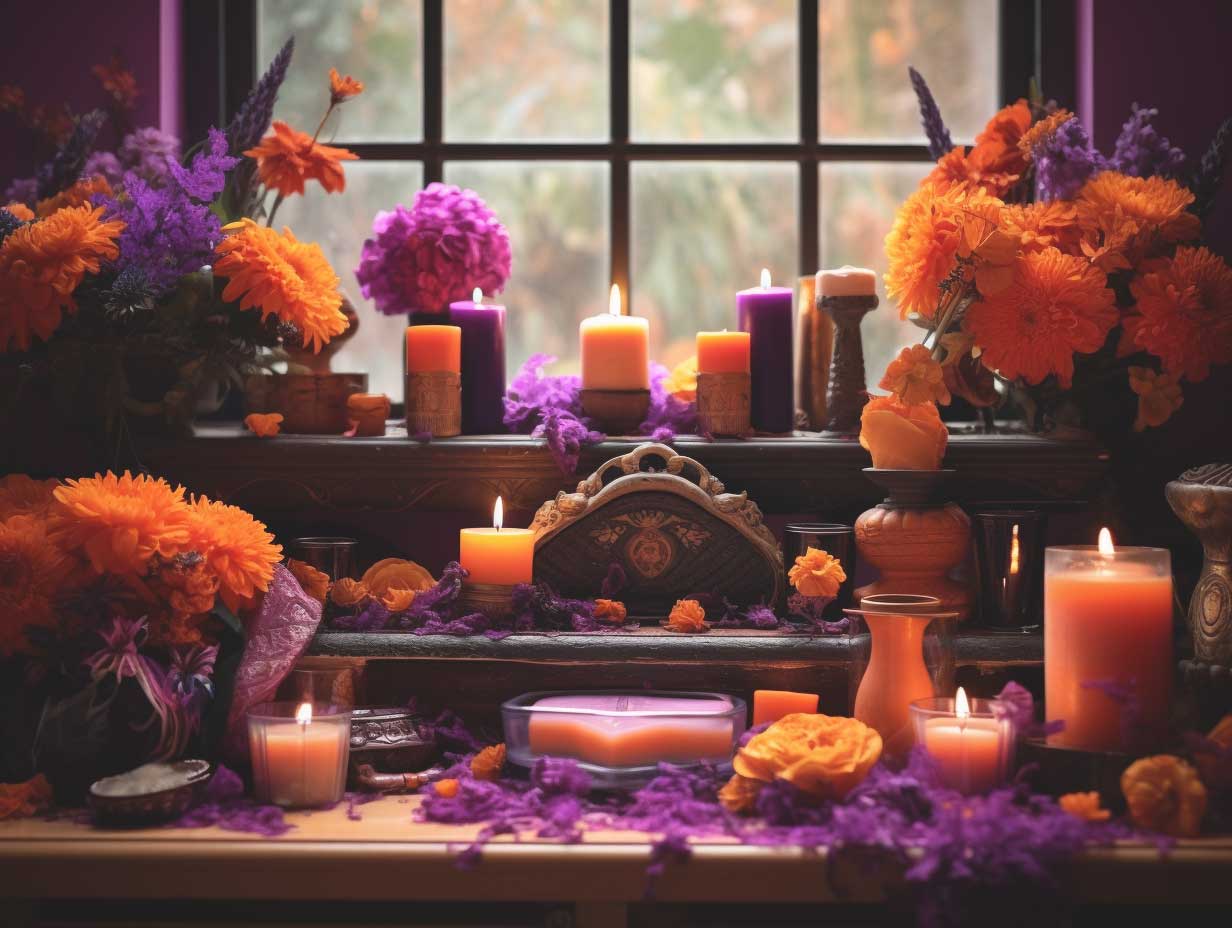
As with so many traditions, the path that led to our current rendition of Halloween was a serpentine one. Many cultures celebrate similarly themed events, from Mexico’s El Dia de los Muertos to China’s Qingming Festival. However, the holiday that Halloween directly descends from began 2,000 years ago with the Celts, who primarily resided in present-day Ireland, the UK, and northern France. The festivities marked the end of the summer and ushered in the Celtic New Year.
The holiday, then known as Samhain (prounounced Saa-win), was celebrated on October 31. It involved large bonfires, sacrifices to the gods in the form of produce and livestock, dressing in costumes, and fortunetelling for the year to come. They believed that the veil between the living and the dead was thinner at this time, making divinations more reliable and increasing the chance of contact with spirits.
The great fires were lit to ward off evil and appease the gods, while people wore costumes to fool the shades of the deceased. Individual hearth fires were damped at the start of the celebration and relit with the flames from the collective bonfire to provide protection during the dark, fearsome winter to come.
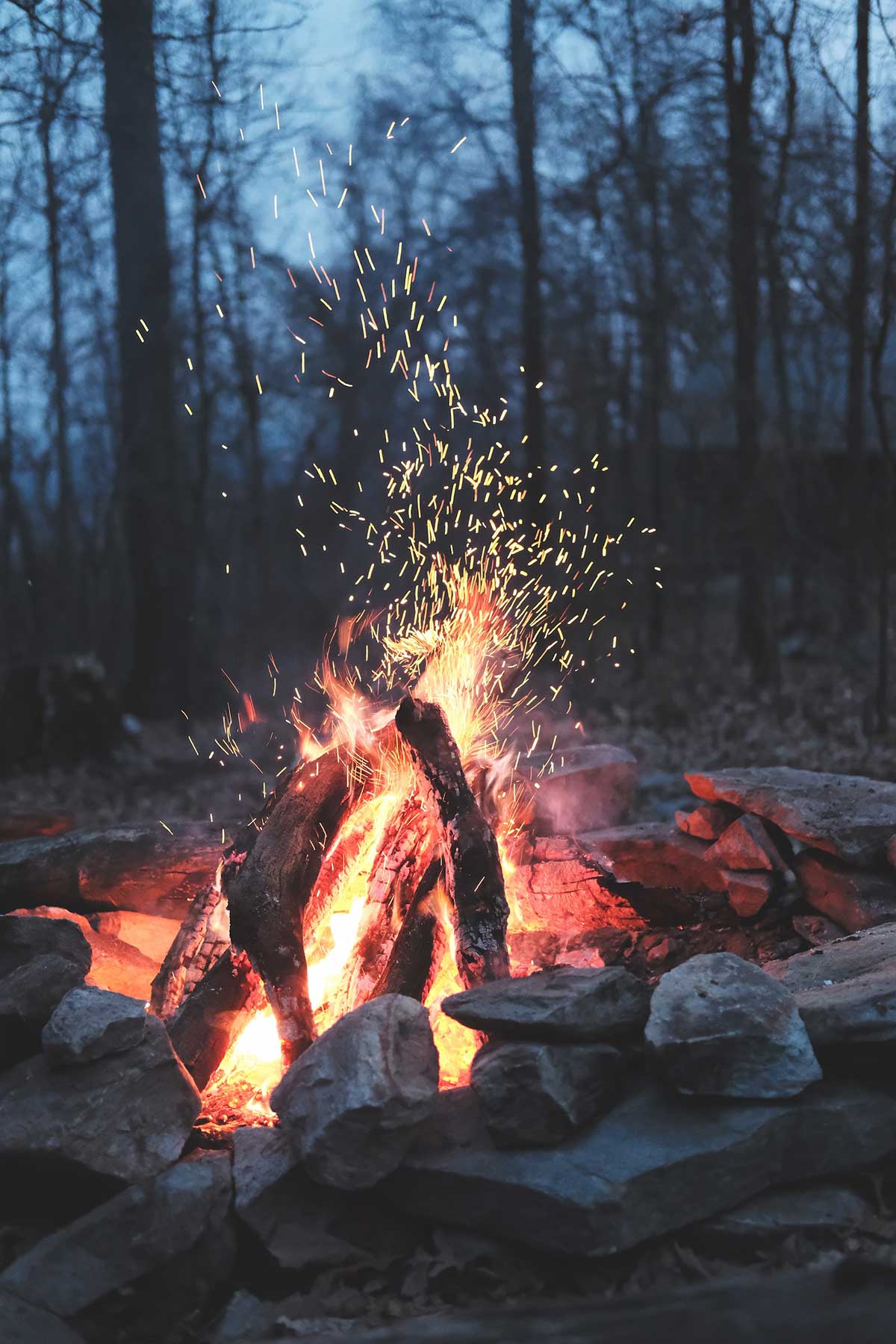
When Rome conquered the Celts, the traditions metamorphosized. Two Roman festivals, Feralia, commemorating the dead, and a celebration for Pomona, the goddess of fruit and trees, were combined with Samhain. The latter explains how bobbing for apples became a Halloween tradition.
In May of AD 609, the Pope consecrated the Pantheon in honor of all Martyrs. A later pope eventually included saints, and the celebration was dubbed All Saints Day and moved to November 1, leading to the rebranding of Samhain as All Hallows Eve and, eventually, simply Halloween.
The nature of the holiday changed yet again upon reaching North America, incorporating Native American beliefs into the mix and emphasizing the communal celebration of the harvest.
However, the event didn’t gain national popularity until the influx of immigrants in the 19th century, millions of whom fled from Ireland because of the Irish Potato Famine, bringing their traditions with them. Ultimately, the event became a diverse cultural mash-up that included wearing costumes, dancing, singing, fortune telling, and trick-or-treating.
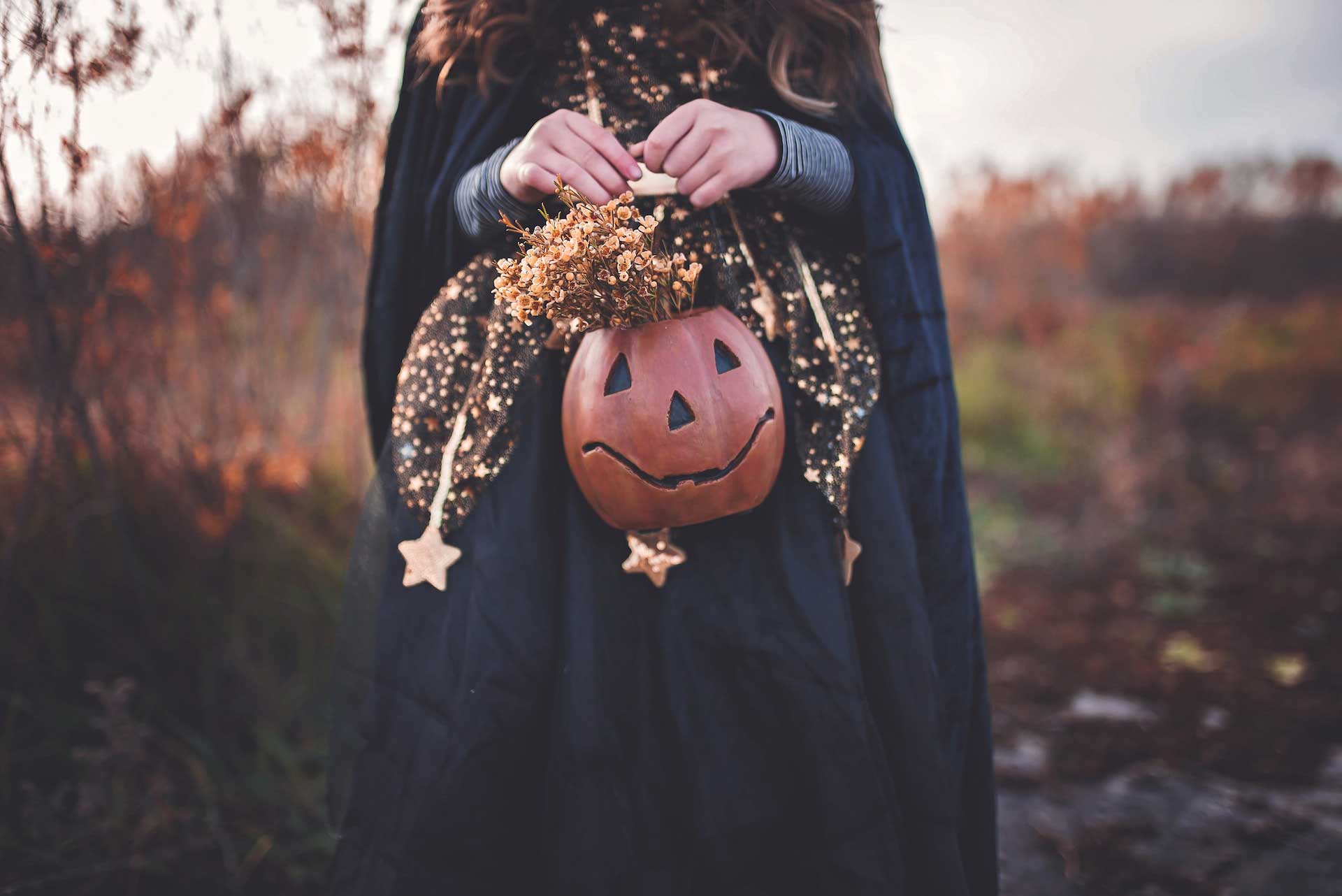
Between its lengthy history, associations with the spirit world and the dead, multitude of cultural convergences, and creative costuming over the centuries, the evocative imagery related to Halloween is vast. Naturally, the contemplation of life, especially at its close, is frequently the stuff of artistic inspiration. How not? Where we come from and where we go are limitless topics with countless interpretations and no single verified truth. This enigma offers much for the imagination to explore.
True to form, artists have generated many images over the years tinged with the macabre and befitting the spirit of Halloween. From early folk paintings of witches to Edvard Munch’s “The Scream,” there is something to beguile and frighten each of us.
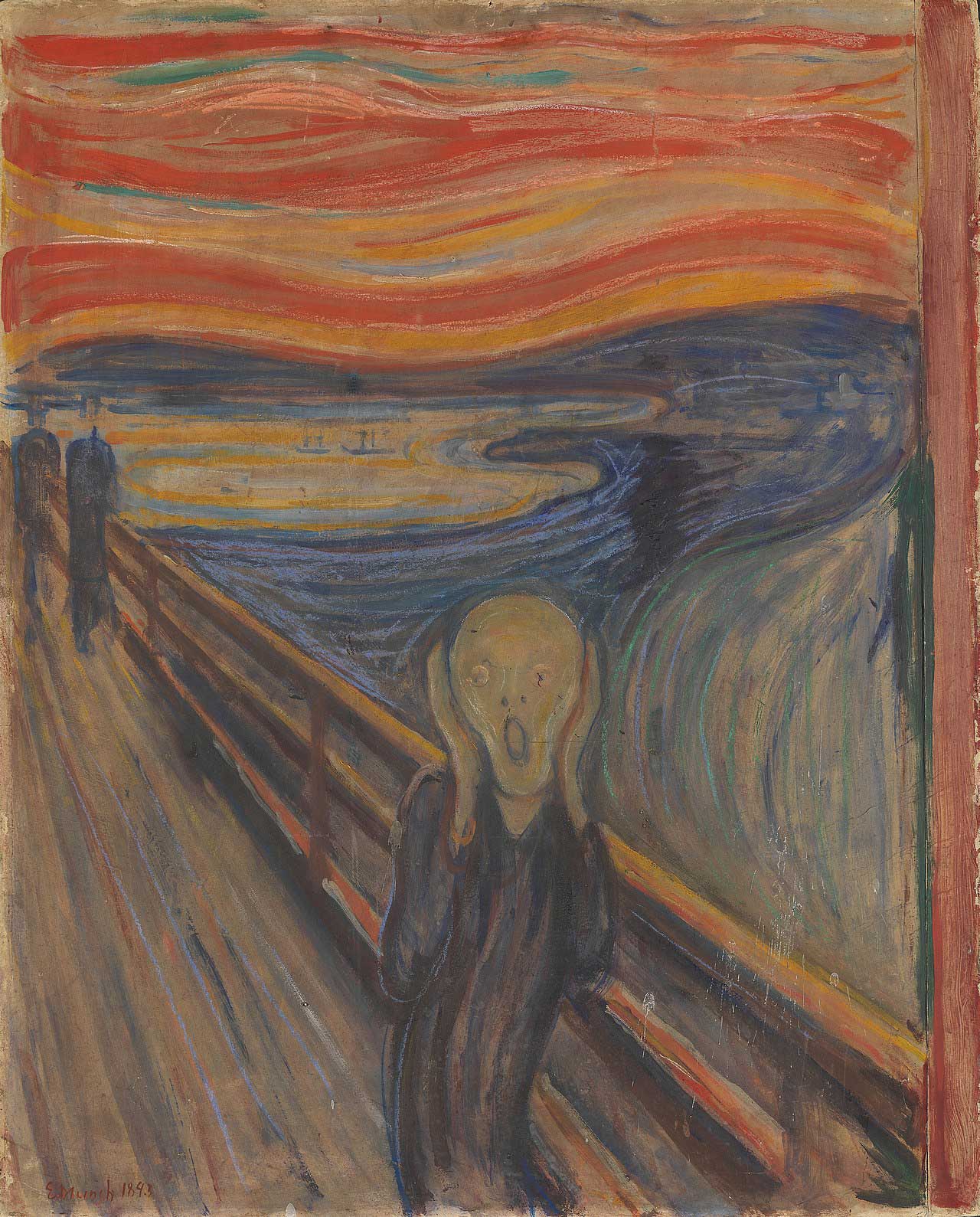
“The Scream”
1893 - Edvard Munch
Historically, artists often used the darker themes surrounding death to create paintings infused with moral concepts, such as Pieter Breugel the Elder’s painting The Triumph of Death, which depicted the medieval belief in the Danse Macabre, or Dance of Death, in which mortality is seen as the great equalizer uniting us all.
Naturally, many shady concepts have managed to both fascinate and scandalize viewers of a given era. A fine example is Henry Fuseli's piece, The Nightmare. In this painting, you see the form of a prone sleeping woman (risque for the time) with an Incubus, a male demon, perched on her chest and a ghastly dark horse in the background. The themes of night visits from these specters have their origins in Germanic lore, but they retain their chilling effect to this day.
Fortunately, there is also an abundance of humor to lighten the mood, from Vincent Van Gogh’s “Skull with a Skeleton with Burning Cigarette” to the contemporary films and paintings of Tim Burton (think Nightmare Before Christmas, Frankenweenie, and his painting “Untitled (Romeo and Juliet)”). These quirky and comedic angles on mortality are often a relief, helping us refrain from taking ourselves and our fates too seriously.
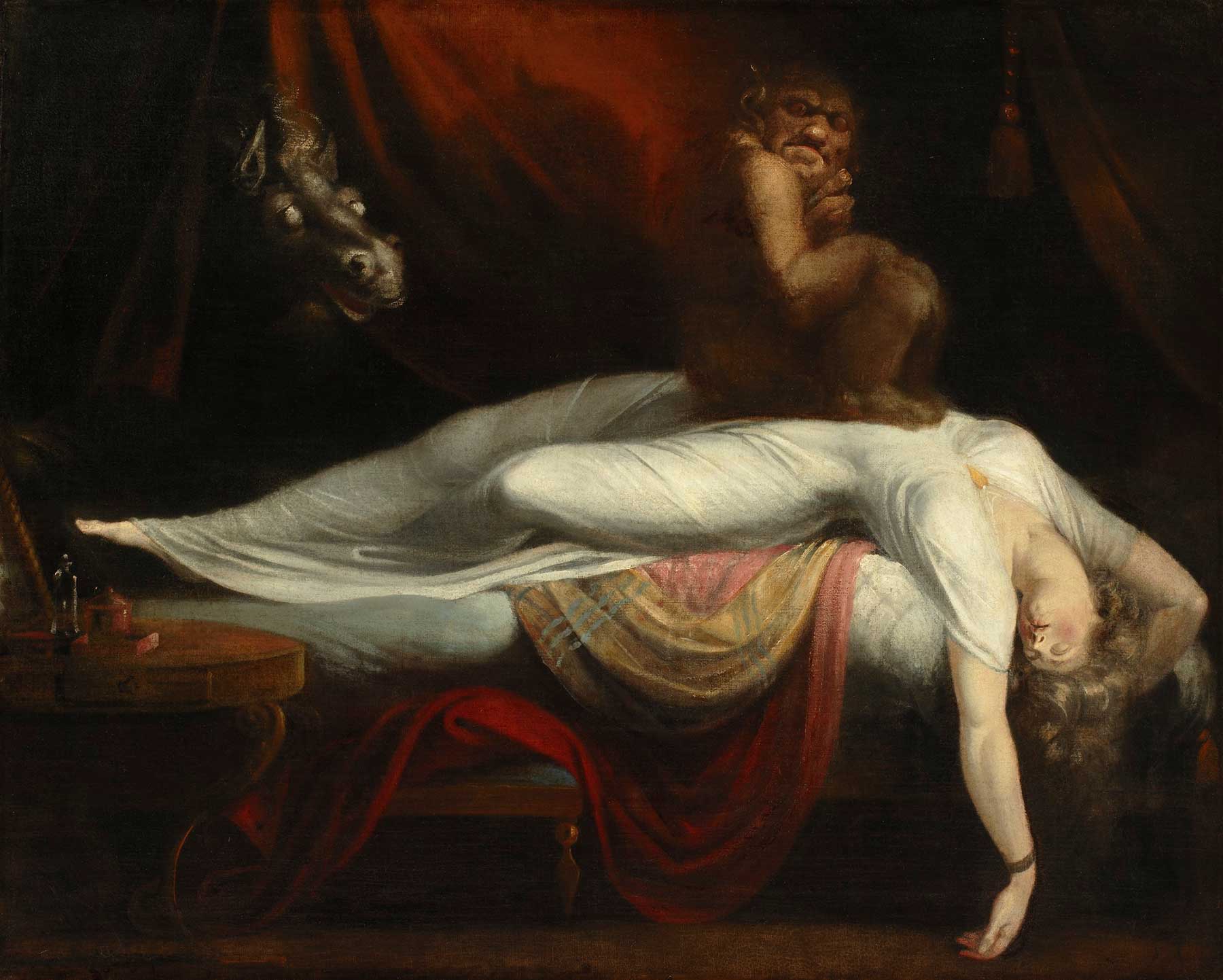
“The Nightmare”
1781 - Henry Fuseli
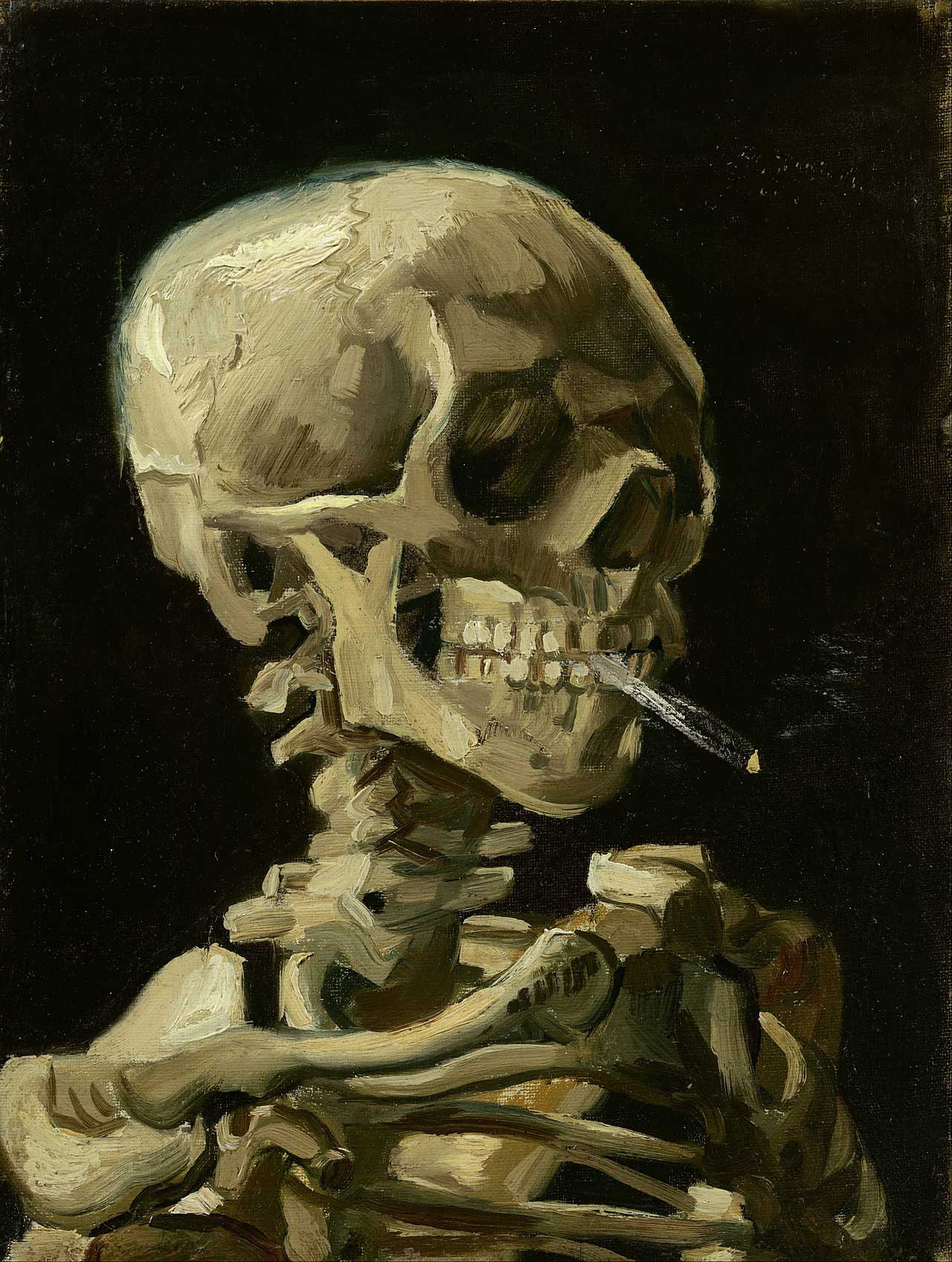
“Skull with a burning cigarette”
1885-86 - Vincent van Gogh
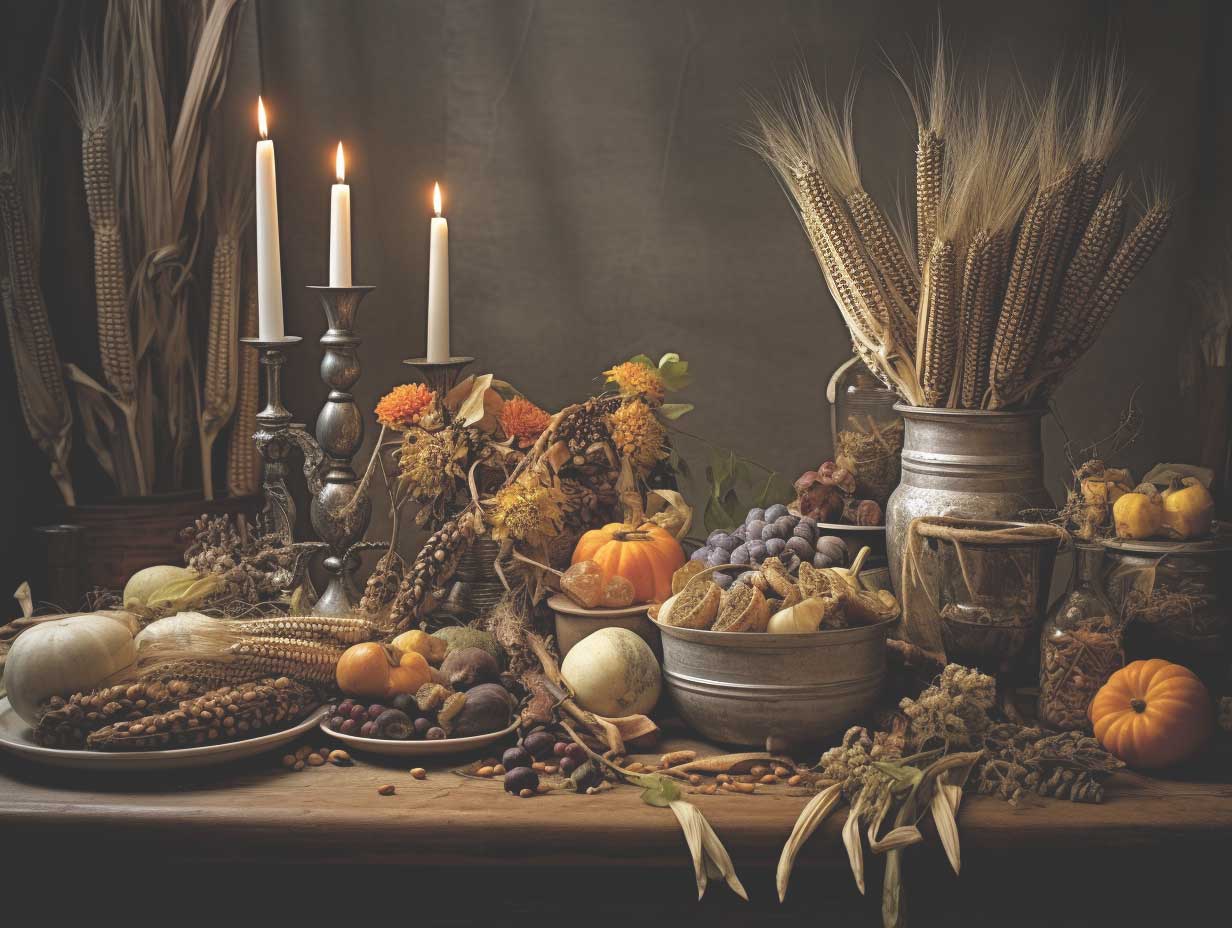
Halloween has its origins in celebrations crafted by people living in tune with the cycles of nature, in sync with the seasons, and trying to combat the trials of the year’s darkest days. They gathered as communities to give thanks for the harvest, honor their dead, look forward to the future, and remember to rally around each other for protection as the winter closed in.
Modern times have shifted the focus to horror films and copious candy, but the evocative nature of the holiday hasn’t diminished. As we picture dark landscapes populated with headstones overarched by the silhouettes of witches crossing the full moon, we can also celebrate bounty as represented by winter squash (pumpkins contain a lot of food as well as making great lanterns!), put on masks to laugh in the face of death, and light candles to both honor loved ones and shine light during long, inky nights.
Every holiday possesses iconic images, but Halloween claims some of the most fascinating and storied symbols of them all. Often, we participate in traditions without a clue as to the lore surrounding them. Diving into the origins of symbology provides fertile grounds for the imagination, something every artist can both enjoy and employ in their craft, witchy or otherwise.
What made bats, spiders, black cats, pumpkins, and jack-o-lanterns some of the prominent caricatures of Halloween? And, what’s more, why should we care? Let’s dig a little deeper and see what lies beneath the surface.
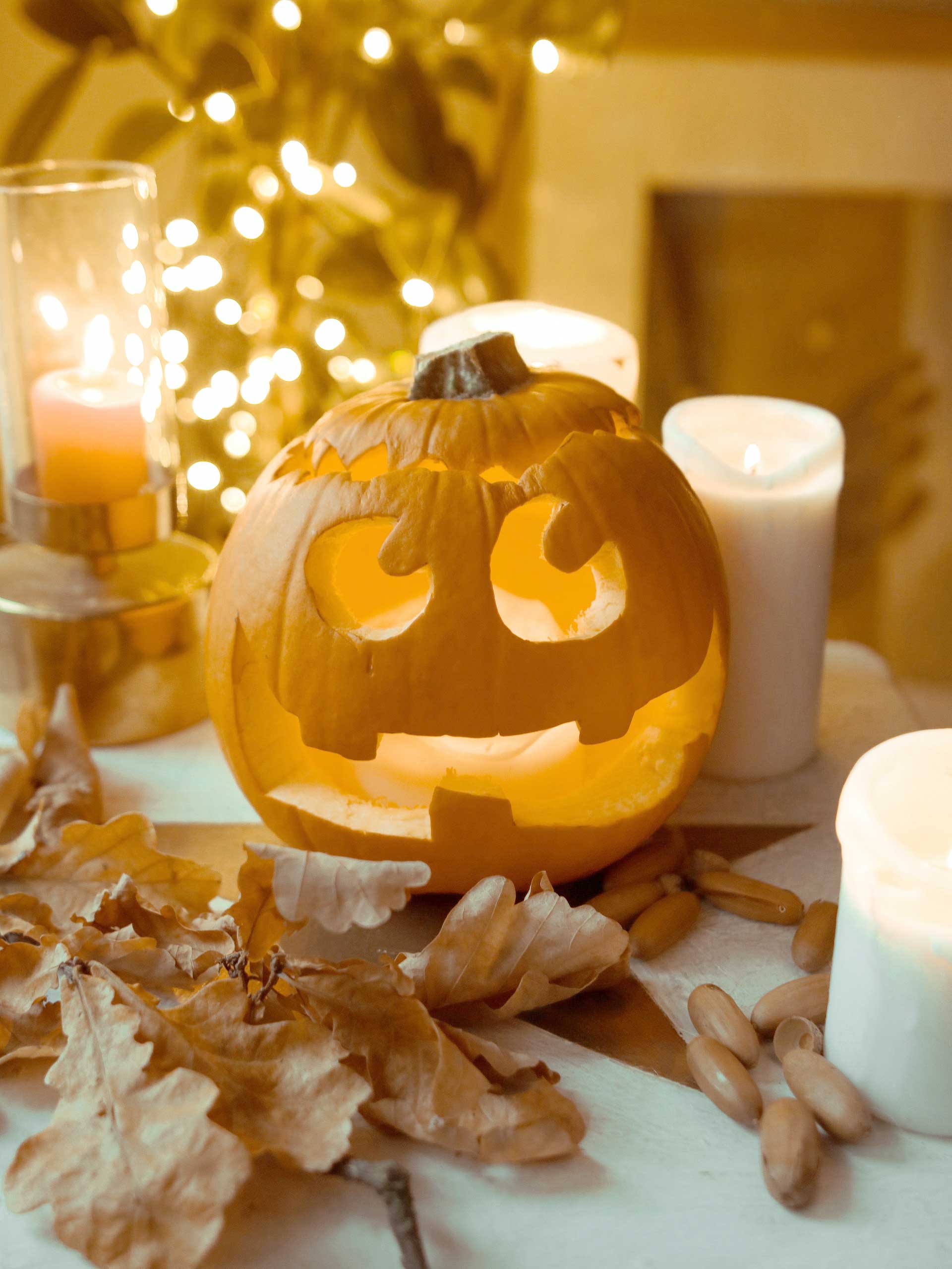
It seems logical to begin with one of the most recognizable Halloween tokens, the jack-o-lantern. As the Irish tale goes, Jack was a stingy drunkard with low morals. His vile behavior got him barred from heaven while simultaneously intriguing the devil. Being clever, Jack trapped the devil twice and bargained his way out of hell.
Jack could neither enter heaven nor hell upon his death, but the devil pitied him and gave him a burning ember for his lantern to light his soul’s endless wanderings. For the Irish, placing a lantern with a demon face on their doorstep was done to help them avoid an unwanted visit from Stingy Jack and other wandering souls
.
This segways nicely into a discussion of the pumpkin, which incidentally was not the original vessel for Jack’s ember, which was, in fact, a turnip. It wasn’t until coming to America that the Irish began using pumpkins for their lanterns. The significance of the pumpkin is that it represents a bountiful growing season, a holdover from both Samhain, and the incorporation of traditions from Native American harvest celebrations.
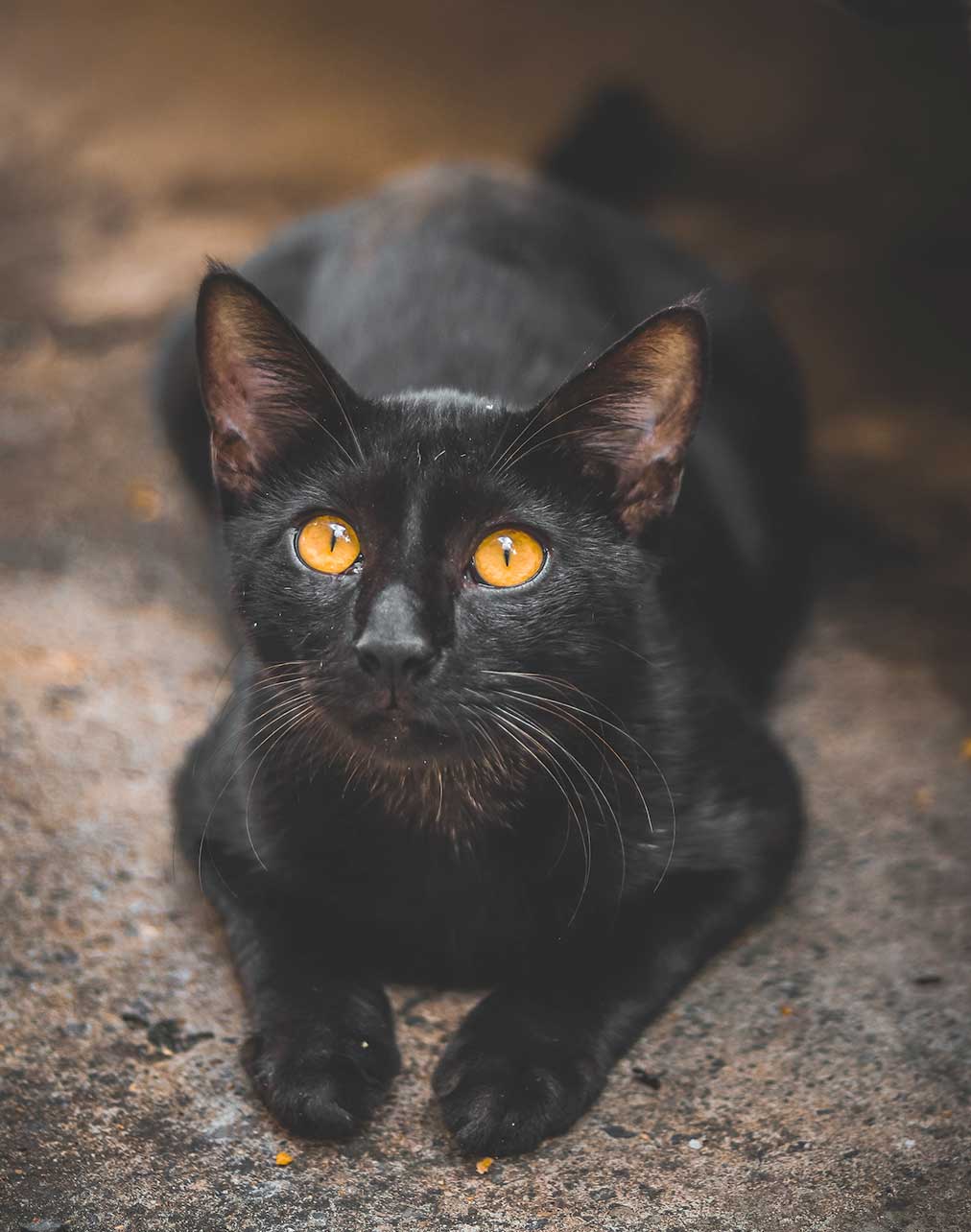
It was common for Western cultures to believe that evil people could turn into black cats, which sadly led to many a cat’s demise. It was also thought that witches could turn into black cats or that they were witch companions, also known as familiars. These beliefs, too, led to cat casualties, particularly during the witch trials.
Fortunately, many people also held the view that black cats are auspicious. The Celts, Scotts, Welsh, and Japanese cultures all maintained that these dark kitties were bringers of good fortune. Regardless of interpretation, black cats have consistently made an impression wherever they roam.
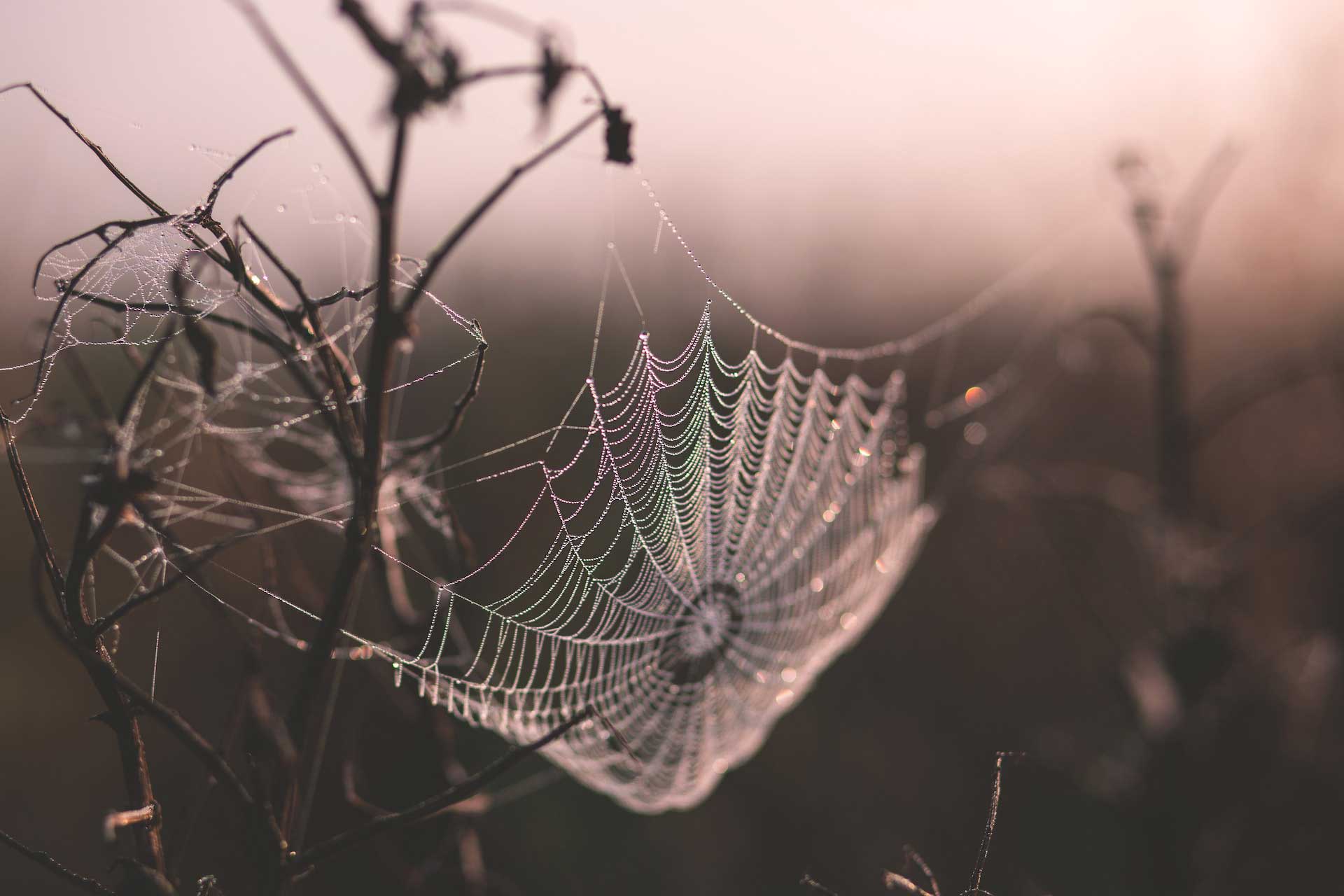
These eight-legged weavers have consistently caused great intrigue, resulting in tales about them being spun across the world throughout time. These range from reverence for them as the originators of sewing and net making, among other crafts, along with being spinners of worlds and destinies to the opposite pole of revulsion and fear stemming from the slow death the victims caught in their webs endure.
During the Middle Ages, spiders were thought to be companions of witches, perhaps due to their female-dominant form of copulation. In any case, the spider with its enigmas perfectly adheres to the spooky, sometimes dark, themes that Halloween evokes.
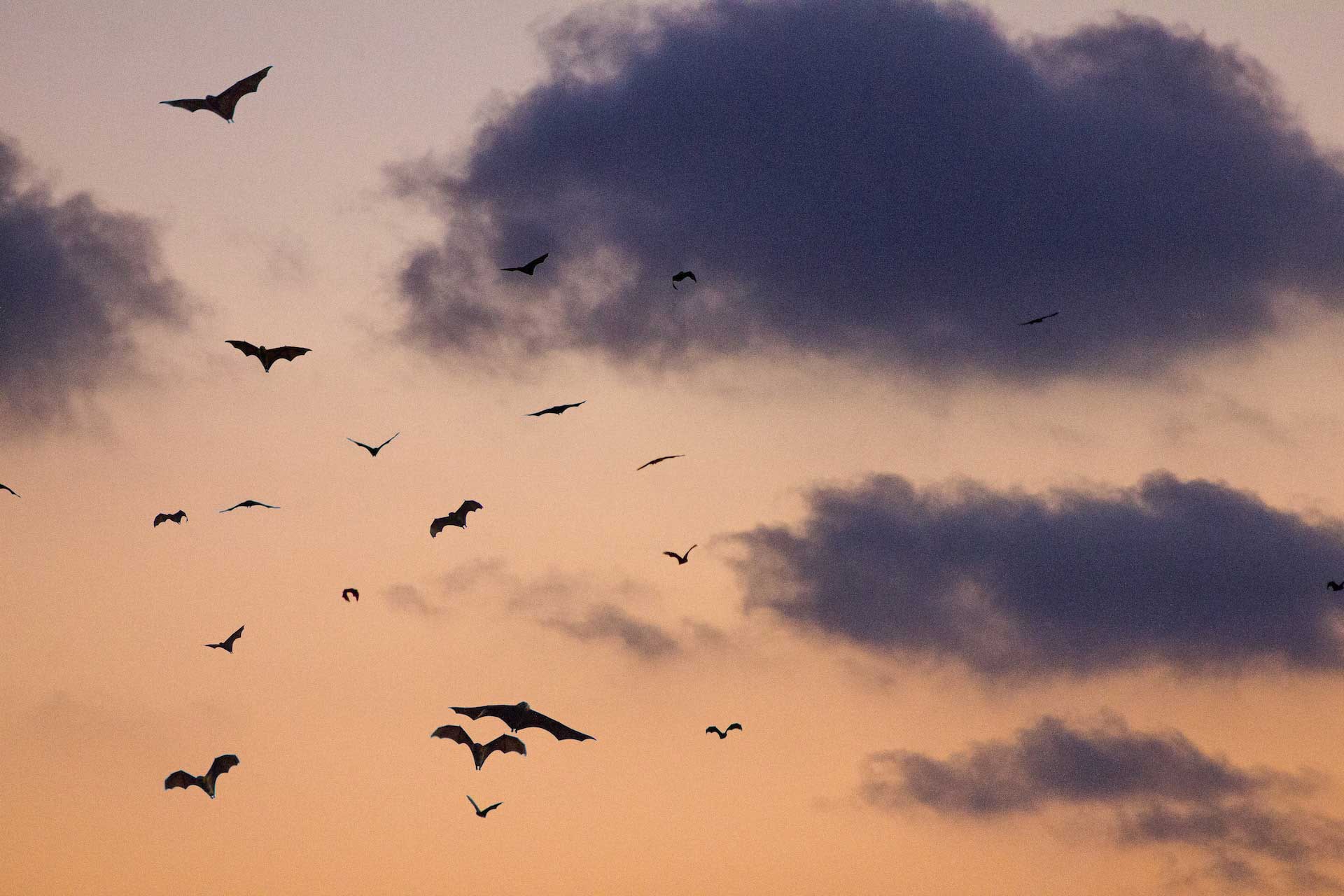
As creatures of the night who dwell in caves, sleep upside down, and defy all human norms, it’s no surprise that bats are often associated with death and the underworld. For early Christians, bats were viewed as birds of the devil or his earthly incarnation. They were also associated with witches because of their activity at dusk, and later as cousins to blood-sucking vampires.
On the bright side, bats also have associations with rebirth, intuition, and impeccable communication. In China, the word for bat is close to that for happiness, and they are believed to bring good fortune. Still, as far as Halloween imagery goes, bats check all the boxes.
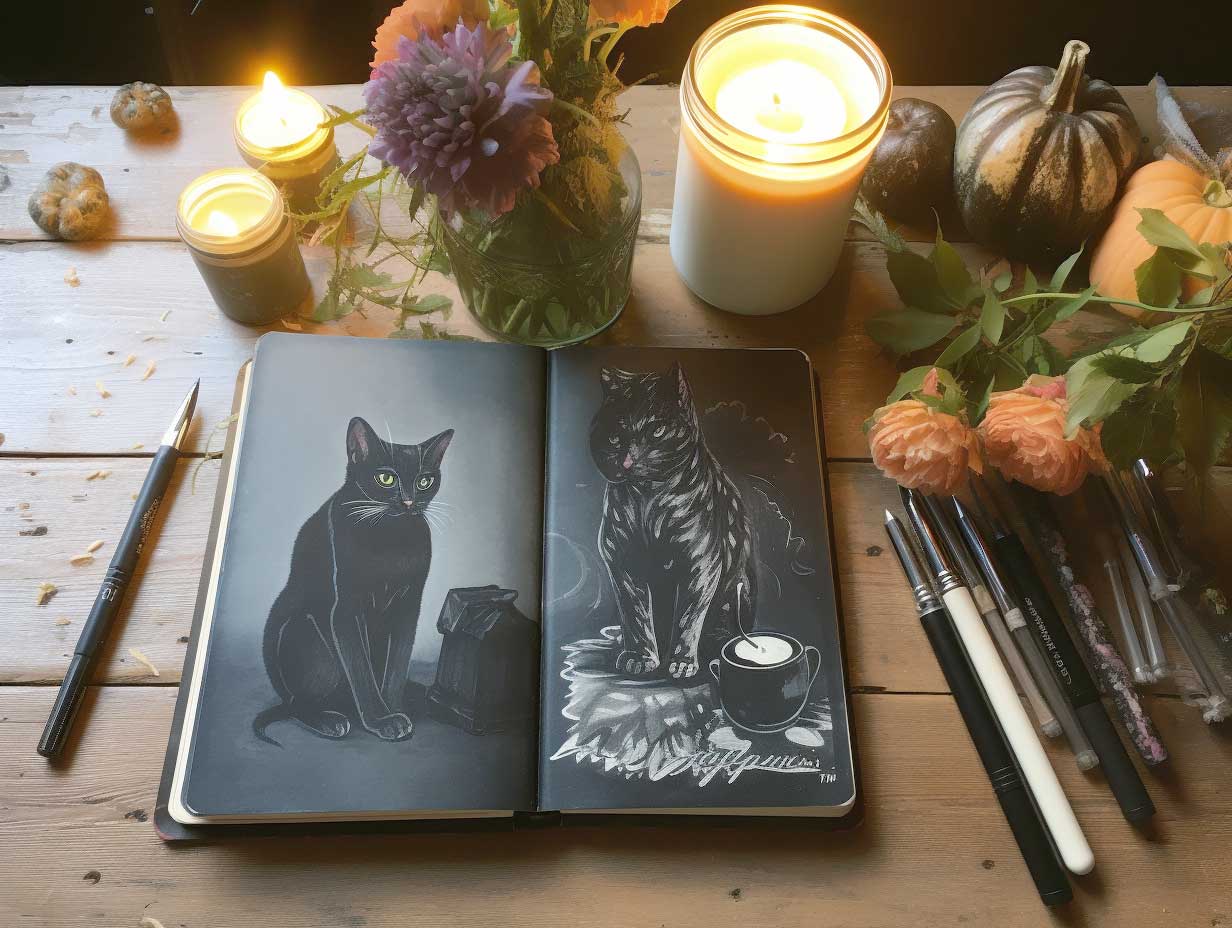
The beauty of symbols is that their power stems from their ability to retain meaning for people across cultures and throughout time. As this brief overview of Halloween icons demonstrates, symbols have multiple, often contradictory, meanings. This versatility allows them to be used in personal ways, showing the user's unique perspective.
As artists, symbols provide an excellent opportunity to play with meanings and combine elements in ways that are ours alone. For example, we could choose to embrace the spider as a symbol of female strength and creativity rather than that of a creepy and dark shadowy lurker. After all, the female spider is 3 to 10 times larger than the male, holds the keys to life within her, and is the master weaver of her world.
Another possibility is to explore the broader themes of an icon, dredging up personal significance. For example, think of Stingy Jack, who was too clever for his own good. What happens when choices have unexpected consequences? What does that look like for you? What images surface when you ponder this idea?
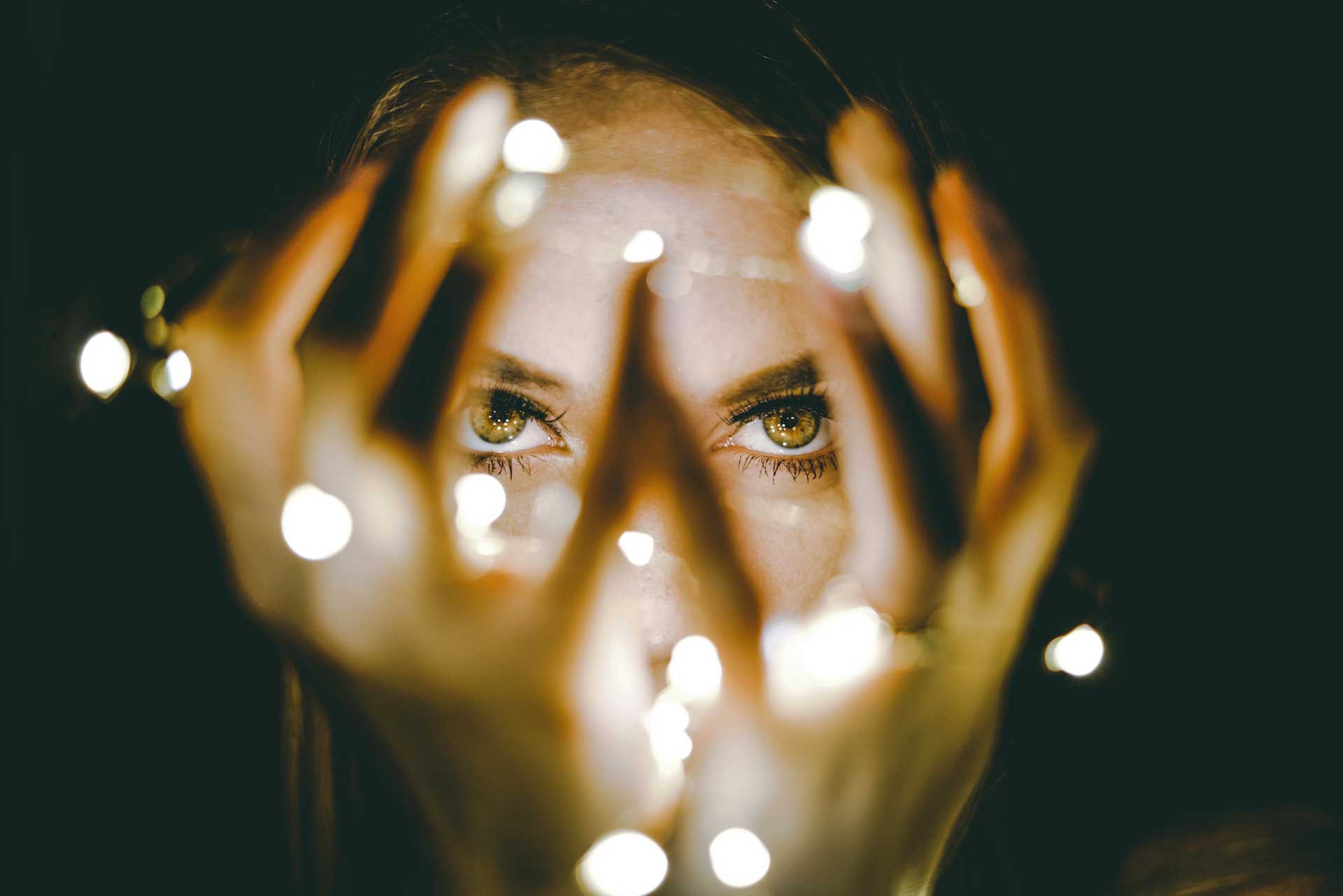
Fear of the dark or the unknown is something that can come up in the artistic process, and not just around Halloween. Self-doubt can lurk in the shadows, making us second-guess ourselves and undermine our ability to work.
What makes Halloween images so potent is that they encourage us to face our fears by taking a nuanced look at life’s big questions. They make us shiver but also let us put on or create masks to mock or scare off specters. They remind us of cycles, the bounty of the harvest, and the benefit of light and companionship during the dark days of winter.
Ultimately, they encourage us to incorporate rather than fear our shadow selves, making us more complete as artists and humans.
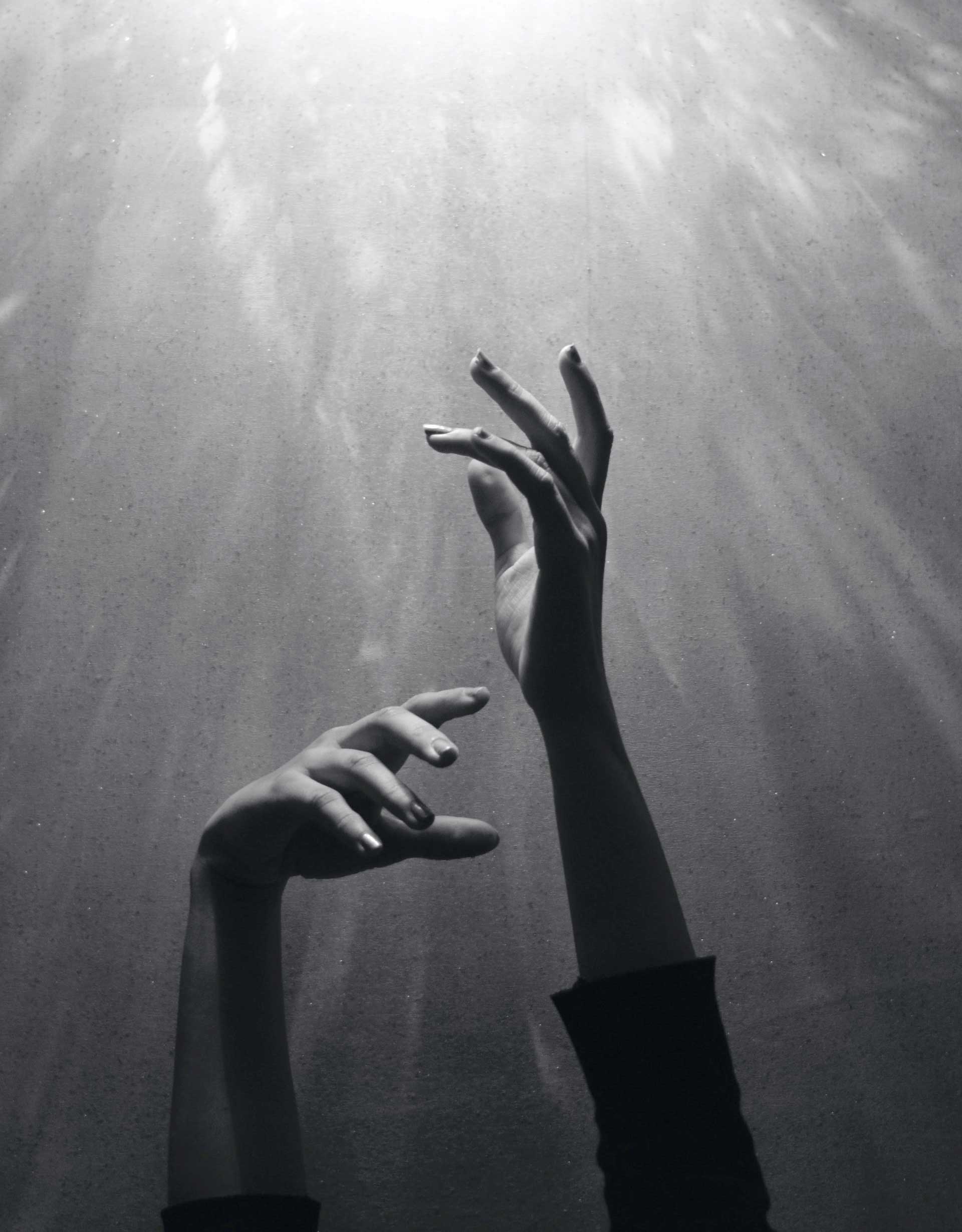
The term "shadow" can have various definitions, depending on the context. In the general sense, according to the Oxford English Dictionary, the primary definition is:
However, the term has multiple meanings, which can include being a trace or remnant, a reflection or semblance, or even a companion or follower.
When it comes to artists and artistic practice, the concept of "shadow" can be understood and employed in numerous ways, here are a few to consider for our practice this month...
Observing shadow: We use shadows in paintings, drawings, sculpture, and photography to add depth, perspective, and realism. Mastery in portraying shadows can give two-dimensional works a three-dimensional feel. Of course, where this is shadow there is light, so taking the time to observe both is critical in creating both mood and form.
Metaphorical or Psychological Use: The term "shadow" can also be interpreted as the unconscious side of one's personality (often introduced by Carl Jung as the "shadow self"). As artists, we might explore this deeper, hidden aspect of the psyche in our work, reflecting inner conflicts, suppressed desires, or unacknowledged feelings. Can you express parts of your own shadow in your work?
Get those journals and sketchbooks out and get ready to do some self-reflection and writing. Try not to judge what comes out of these writing sessions. Don’t worry about punctuation or grammar or any of that. You can even just make lists if that suits you better. Remember, journaling is a deeply personal practice, so feel free to adapt these prompts to better suit your own thoughts and experiences.
Take a moment to get quiet. Still yourself by doing some gentle breath work. Light a candle. Now ask yourself some questions to reflect upon
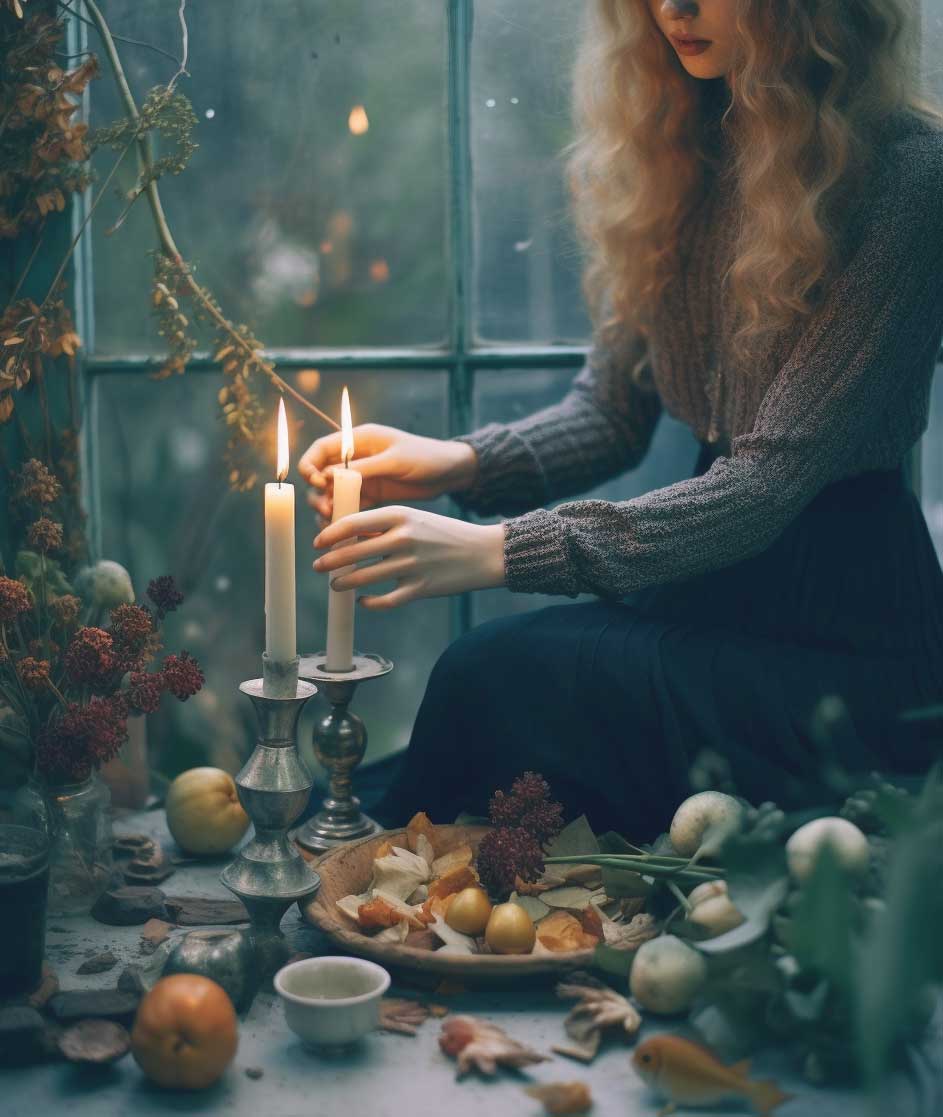
I am sharing this beautiful energy experience session from one of my favorite meditation masters - Rachel Hillary. This journey will help you connect to the night sky and the stars above. Enjoy…
Rachel will share a little about this experience -
This is a short and simple guided visualisation meditation that I created for a Meditation Teacher course I have recently been a part of. It is designed to be appropriate for beginners to all levels of meditation experience. You are guided to visualise and sense a beautiful light like a star above your head, and this light energy works with you to cleanse, to clear, to refresh your being in its entirety. I hope you enjoy!
lots of love,
Rachel
Each month we will have a positive affirmation. I recommend you print out this affirmation and put it in your sketchbook or somewhere in your studio. Recite the affirmation out loud each time you show up to create. Saying words aloud is powerful and can begin to re-write some of our own limiting beliefs or calm our fears. Try it now…
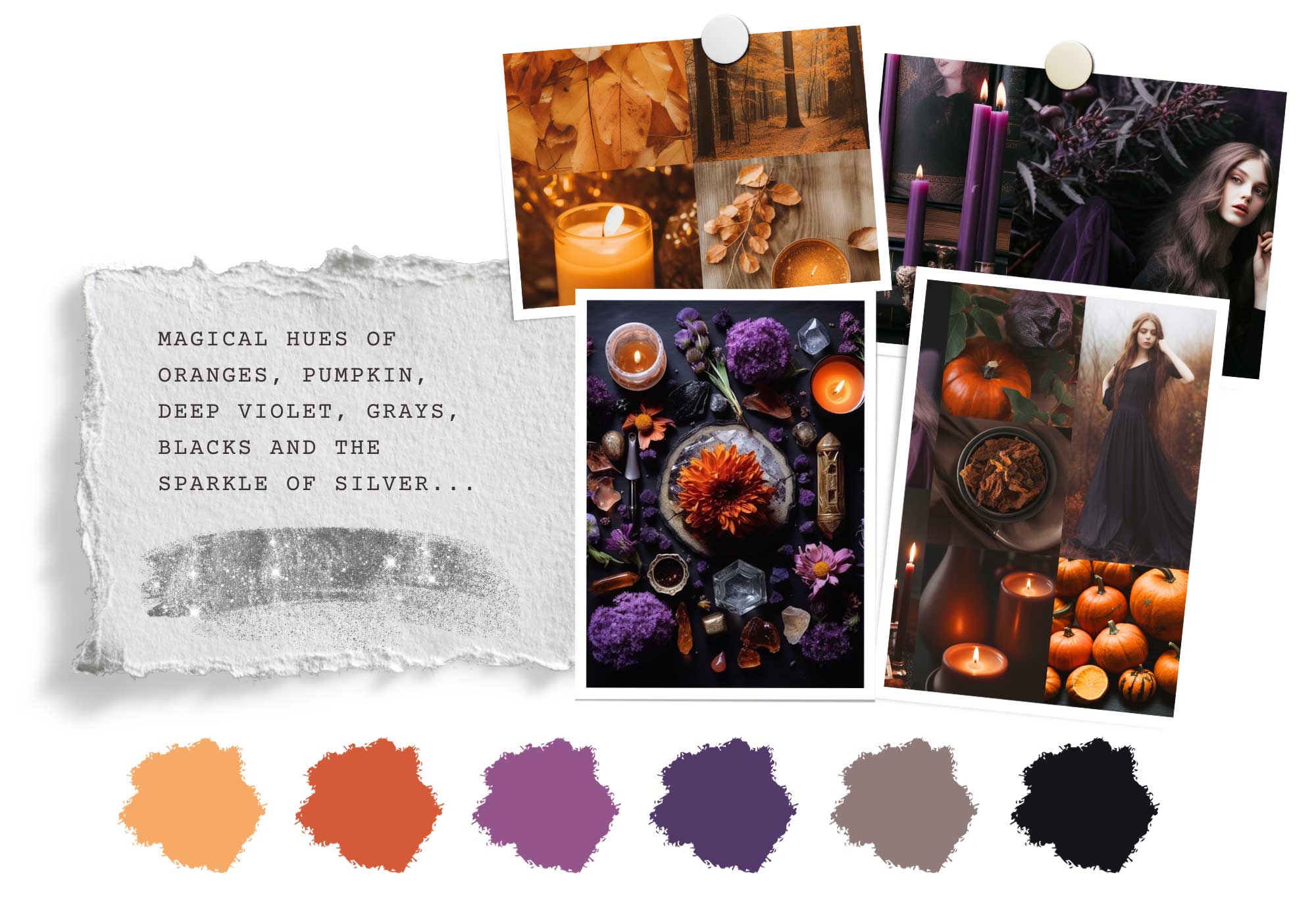
So, this month for our Halloween theme I couldn’t resist pulling together these hues… soft oranges, pumpkin, lavender, deep amethyst and of course shades of gray and black. It’s actually rather surprising how pleasing these hues are together! Let’s play with these colors this month and see what we can conjure up!
Sir Edward Burne-Jones, a luminary in the world of art, illuminated the canvas with an ethereal light that transcended reality. Born in 1833, this British artist became a central figure of the later Pre-Raphaelite Brotherhood. Renowned for his fascination with dreamlike aesthetics, his contributions to art ranged from mesmerizing paintings to detailed stained glass designs. However, one recurring theme that undeniably stands out in his oeuvre is his portrayal of magical and mythical women.
Burne-Jones' depictions of women are imbued with an ethereal, almost otherworldly quality. Rather than the typical damsels in distress or passive beauties, his women often possess a serene strength, a depth of character, and an aura of mystery. They're enigmatic, encapsulating the timeless essence of myths and legends.
His Briar Rose Series, inspired by the fairy tale of Sleeping Beauty, is the epitome of this. The enchanted slumber of the princess and her court gives off an atmosphere that is both beautiful and haunting. The dreaming women in this series, though ensnared in an eternal sleep, exude an ethereal power.
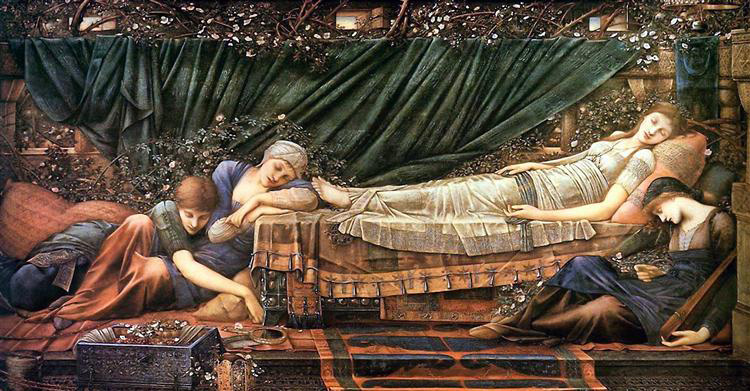
“The Sleeping Beauty”
1890 - Edward Burne-Jones
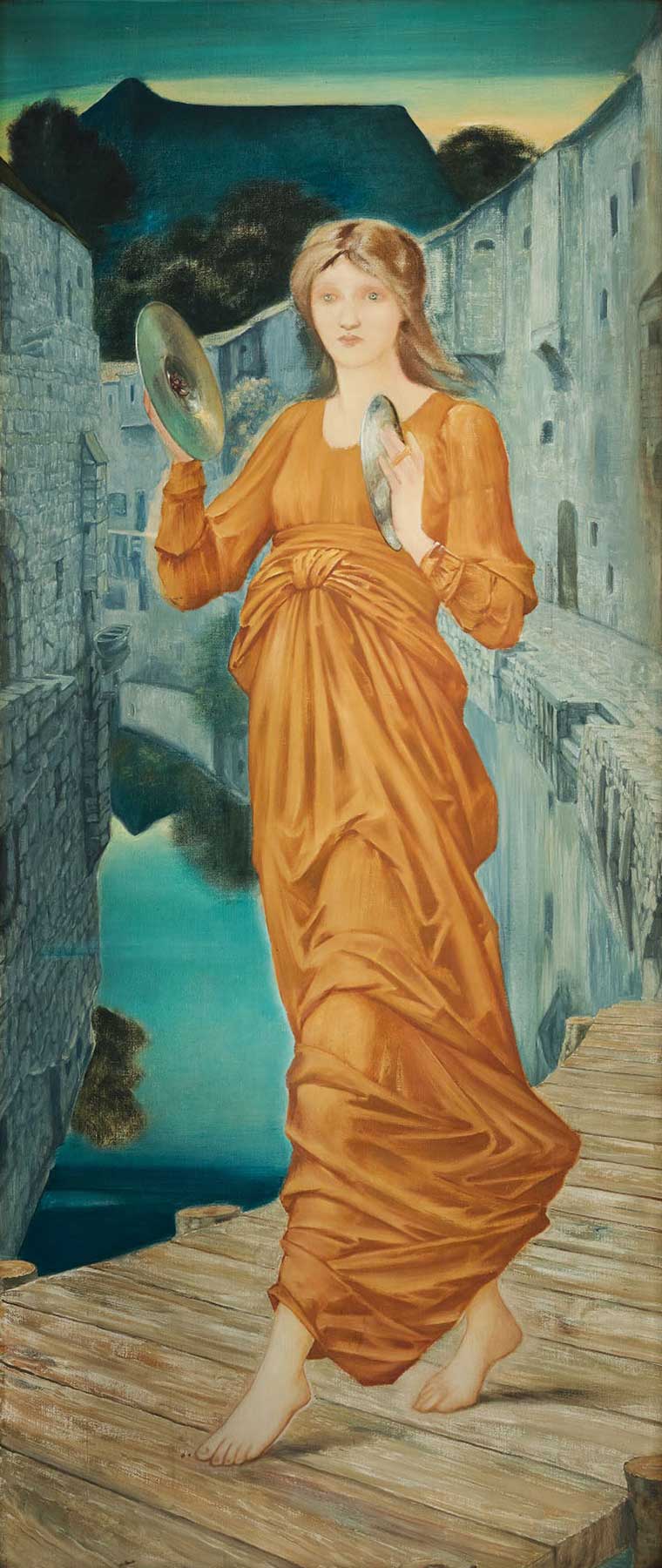
“Aurora”
1886 - Edward Burne-Jones
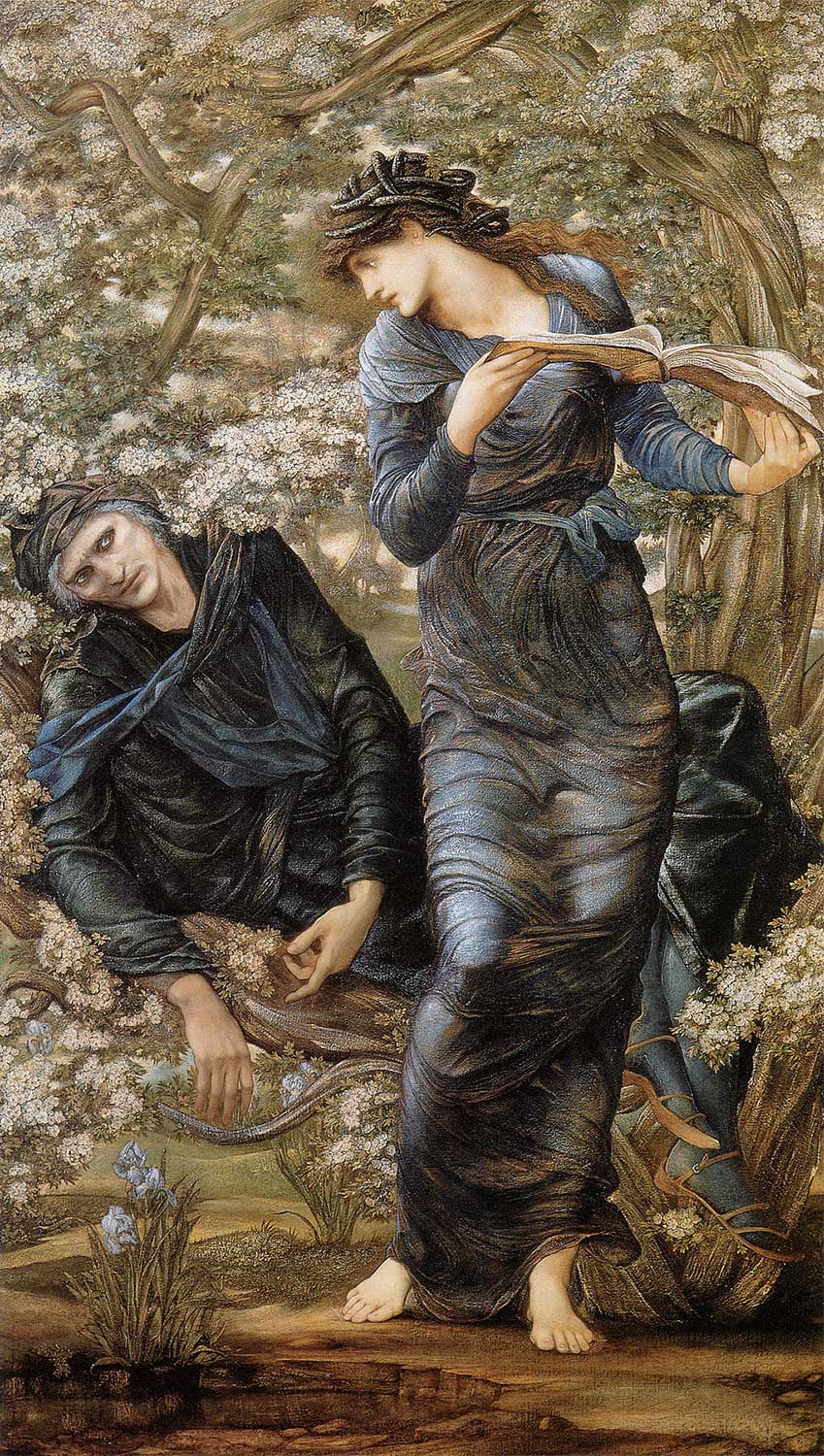
“The Beguiling of Merlin”
1872-77 - Edward Burne-Jones
Another notable work, The Beguiling of Merlin, reveals the enchantress Nimue as she entraps the wizard Merlin with his own spells, binding him to a tree. The portrayal of Nimue isn't just of a bewitching beauty but of a poised and powerful sorceress, embodying the essence of mythical magic.
Burne-Jones' depictions resonate with the magic and mystery often attributed to witches. Historically, witches have been viewed with suspicion, their powers misunderstood or maligned. Yet, they also symbolize a deep, often feminine, power and a profound connection to the mystical. Much like Burne-Jones' magical women, witches embody a blend of beauty, mystery, and strength.
His art reclaims these powerful women from the fringes of folklore, placing them center stage. They're no longer mere mythical figures but powerful entities that challenge and redefine the narrative. In pieces like The Golden Stairs, where a procession of ethereal women descends a staircase, there's an echo of the ancient 'witch' – women connected to something deeper, something magical.
In a world where art often mirrored societal values, Edward Burne-Jones ventured into the realm of the ethereal, challenging norms and embracing the mystical. His magical and mythical women, reminiscent of witches and their age-old lore, remind us of the power of the feminine, the allure of the unknown, and the magic that exists just beyond the veil of reality.
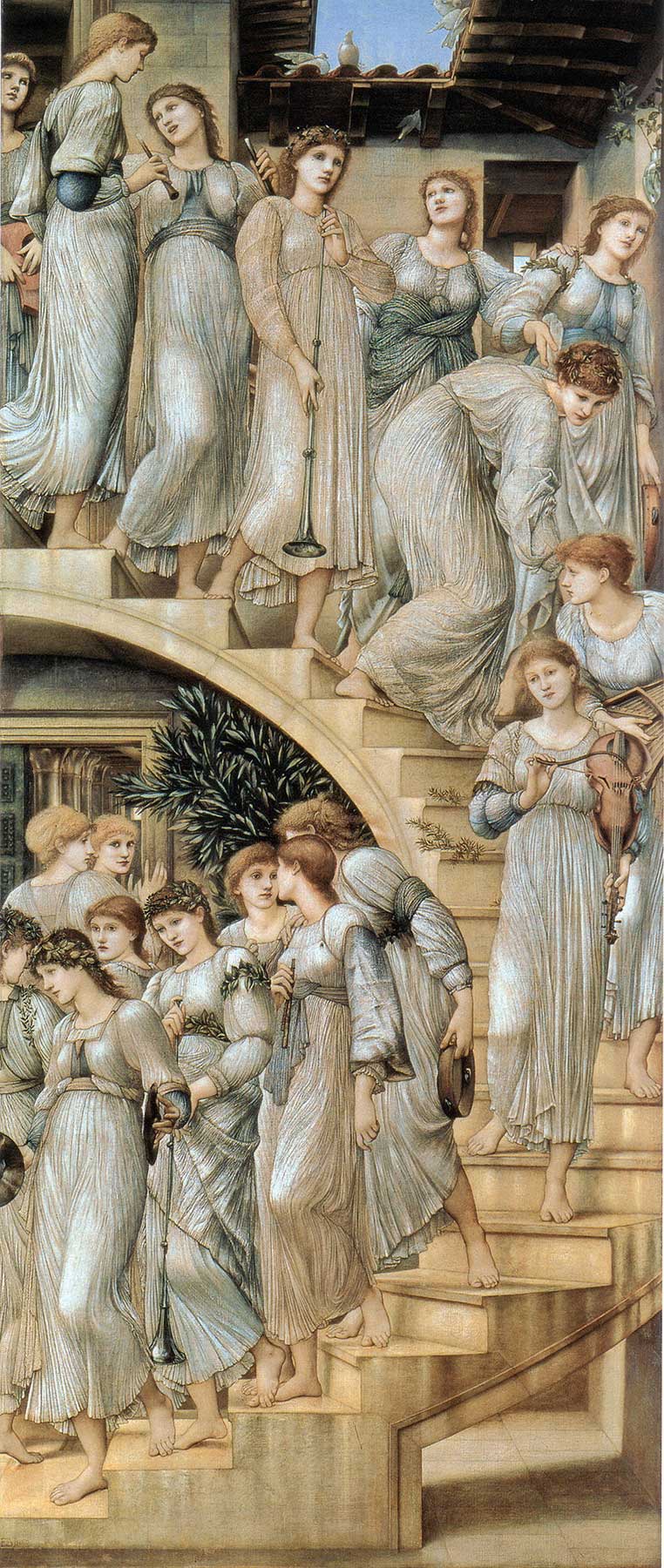
“The Golden Stairs”
1880 - Edward Burne-Jones
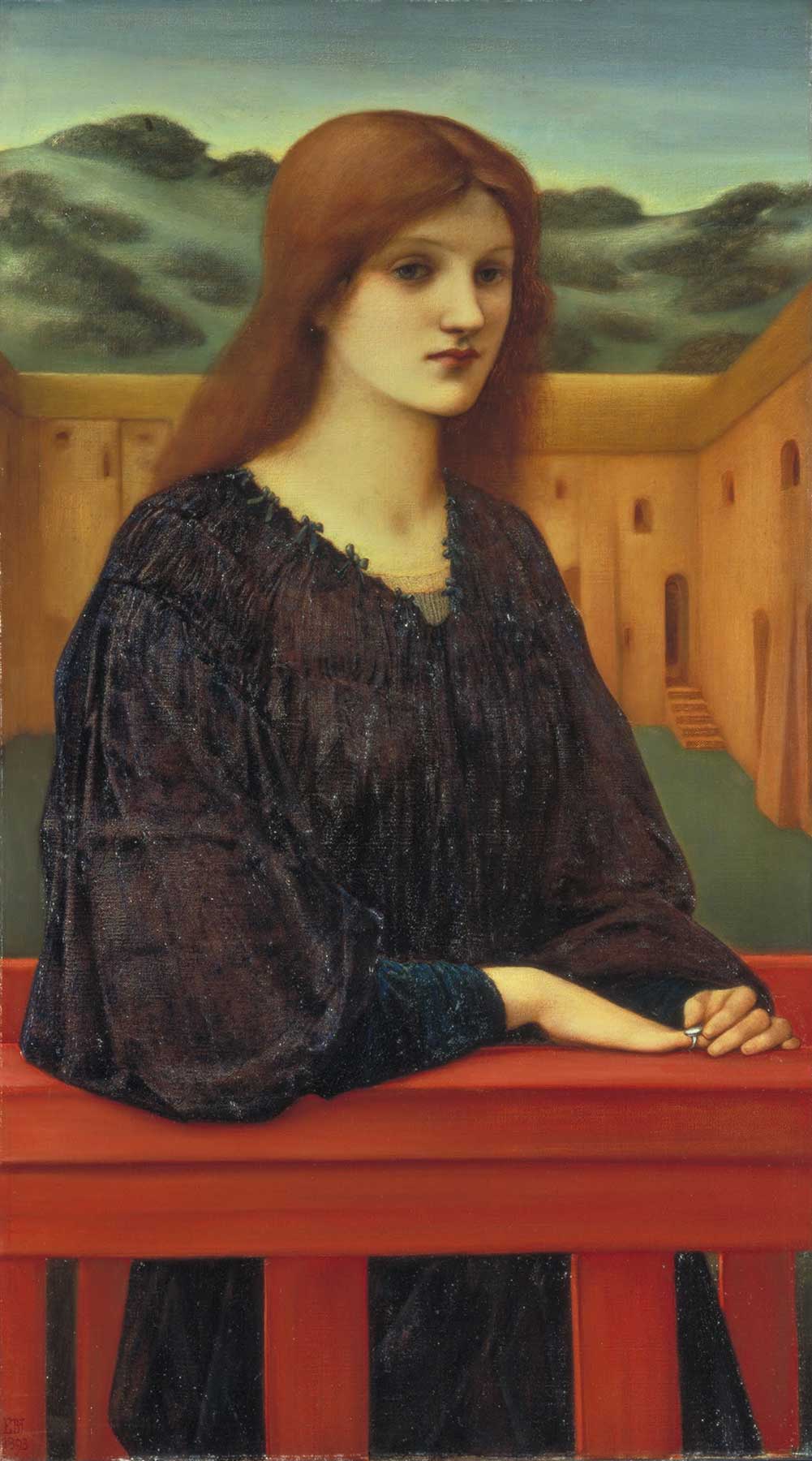
“Vespertina Quies”
1893 - Edward Burne-Jones
The last few years, I have taken to creating a "spooky" portrait for my wall above the sofa. My daughter requested that I draw a banchee. I did! Then I added: Mrs. Frankenstein, a lady vampire, Freddy Krueger and last year, Billy Butcherson from Hocus Pocus. - Tamara Mulkey
Harvesting herbs and turning them into tinctures, syrups and glycerites. Harvesting veggies and turn them into soup or preserve them. Autumn really is my favourite season… so much to do, so little time! - Lindsay Vanhove
I love cooking and baking. I like to make things for family and friends and usually do ginger cookies, ginger bread, pumpkin tarts and stuffed mini squashes, yum! We have hosted parties in the past with spooky or horror themed decorations and foods - although sometimes the horror was more in things not turning out as expected!
We’re a bit more reserved with exterior decorations here in my corner of Scotland, but i love to make silhouettes for the windows (and decorate the interior of house, as much as time allows). We still love pumpkin carving… even though we made lanterns out of turnips! as kids… it’s something we’re still called to and feel a very strong ‘need’ to do! - Nikki Farquhar
Gravestone rubbings - Tracy Dunn
I love to cook pumpkin, apple & raisen and cherry pies. We moved acrossed country 2 years ago, and we're just now beginning to get settled in and more organized so hopefully I can do more. I would like to try to paint some type of harvest type picture...maybe pumpkins in a field near an old weathered wagon or barn. I might be stretching my skills on that idea though, lol. - Kathy Umberson Breece
I love making Halloween inspired decor (banners), haunted houses, and Halloween cards! - Sarah Langdon
I’m so stoked for this journal, Halloween is by far my favorite! The creativity involved for setting up the decorations outside and for choosing a costume have always been so fun for me, especially costume makeup and the more gory it is the better. My husband and I have been zombies on more than one occasion! - Monica Stadalski
I prefer harvest themes to Halloween but love carving pumpkins, other squash, and apples. I them paint the apples with acrylic. Decorating with colored corn and fall leaves is a favorite. We will make caramel apples or bob for apples, too. - Gail Marlow
Halloween and Samhain are often associated with the thinning of the veil between the living and the spirit world. Using this concept, sketch a scene where the realms of the living and the supernatural intertwine. This could be a ghostly figure walking in a bustling modern city, ethereal spirits mingling at a traditional Samhain bonfire, or even a mystical doorway appearing in an ordinary room. Let your imagination explore the coexistence of these two worlds.
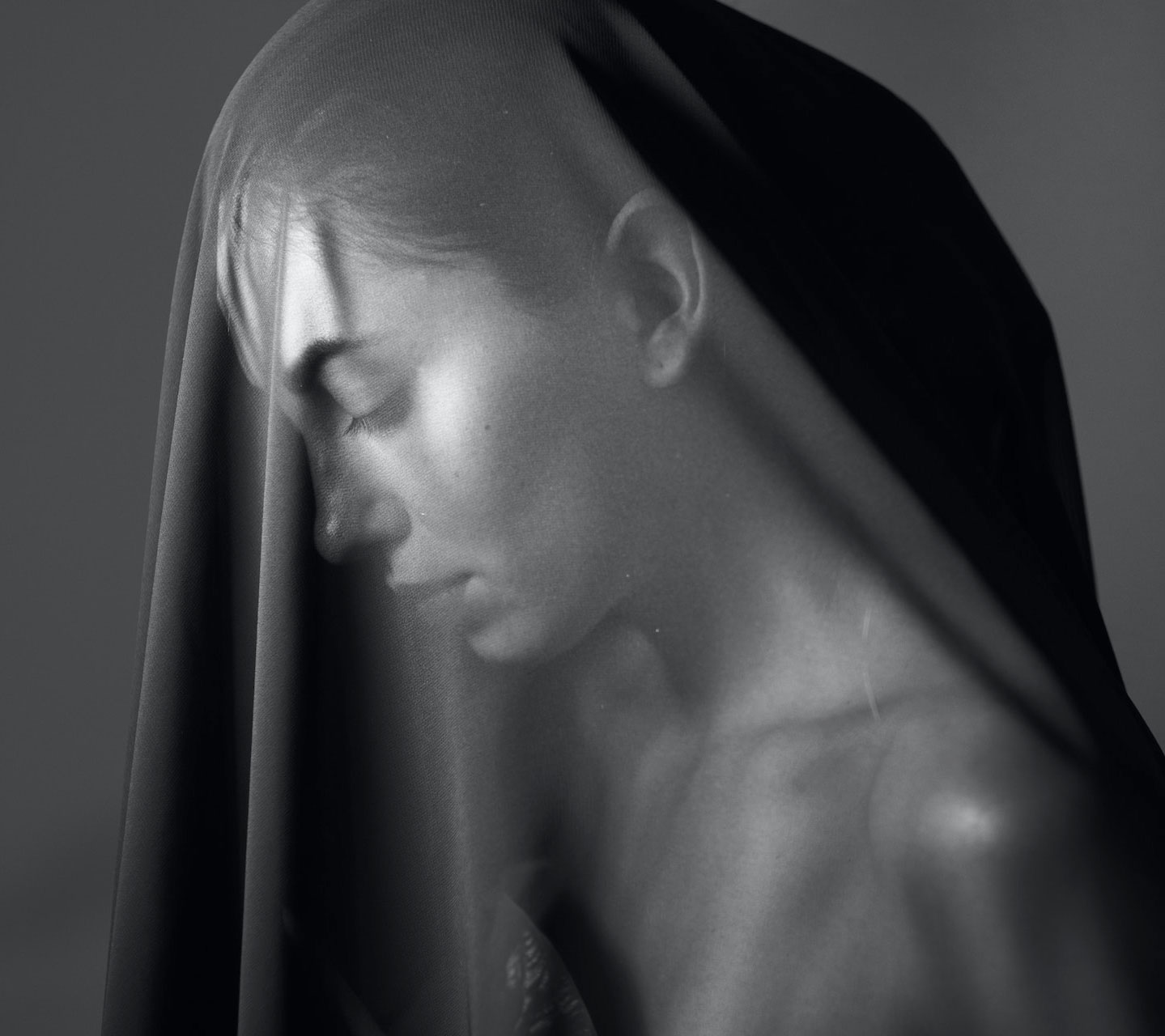
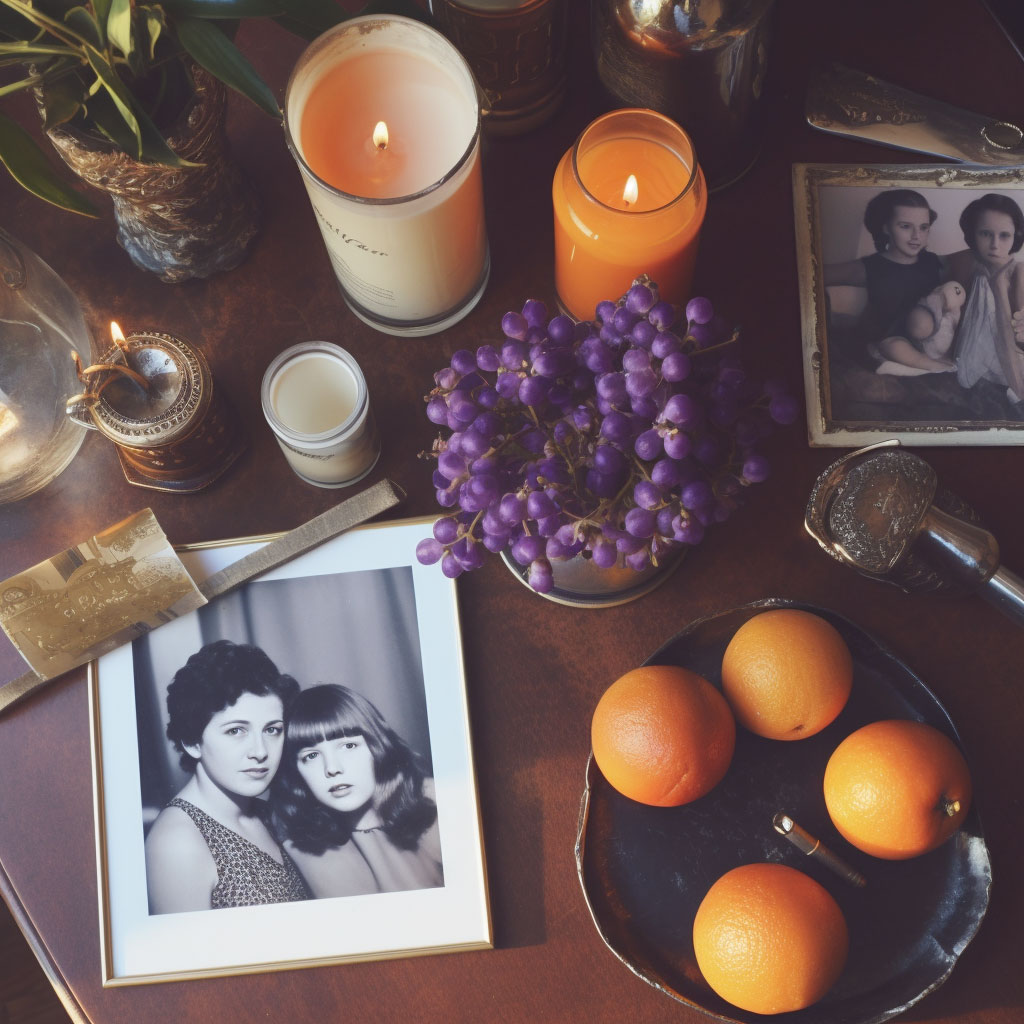
Samhain is a time to honor and remember ancestors. Imagine an ancestral figure or spirit guide who might have a message for you or a story to tell. Sketch this figure, giving attention to their attire, accessories, and overall aura. Surround them with symbols or items that might represent their life or the wisdom they carry. This can be a personal reflection or a fictional creation inspired by the holiday's themes.
Imagine a witch as painted by Burne-Jones. Using his signature dreamlike and romantic style, sketch a witch who could belong in one of his paintings. Consider giving her flowing robes, detailed accessories, and an air of mystery. Place her in a Pre-Raphaelite setting, perhaps a forest grove, an ancient chamber, or by a moonlit lake. Surround her with symbolic elements such as a cauldron, a raven, or a spellbook.
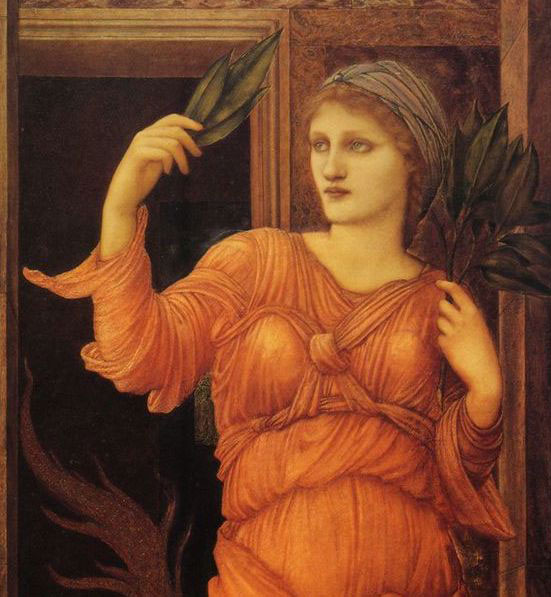
“Detail from Sibylla Delphica”
1868 - Edward Burne-Jones
I’m delighted to share this fun witchy lesson with you for our month focused on this mystical time of year with Halloween and Samhain as our inspiration! I wanted the materials to be very limited and it was such a great challenge to work on switch things up and work on black paper!
We focus on creating light from the shadows in this lesson so this is a wonderful way to challenge our creative minds and our observation skills. If you don’t want to do a face your can check out the image gallery below, I have curated other images too of cats and crows that could be fabulous to create on the black paper. Just convert any color images into black and white to help you see the values.
Have fun and enjoy!
You can also listen to this month’s issue of the Studioworks journal. I find I love listening to books, podcasts and music while I draw, paint or go on a long walk. Enjoy.


One of my favorite things to do is to curate inspiration. From Pinterest boards to books, resources, playlists and more - I love to share anything that might facilitate learning, expansion, and sparks of curiosity! Being an artist, we naturally crave these things so here are some of this month’s picks from me to you.
I had so much fun curating this list. I hope you enjoy!!
Here are just a few of our fantastic classes! I highly recommend checking them out if you haven’t already. Enjoy!